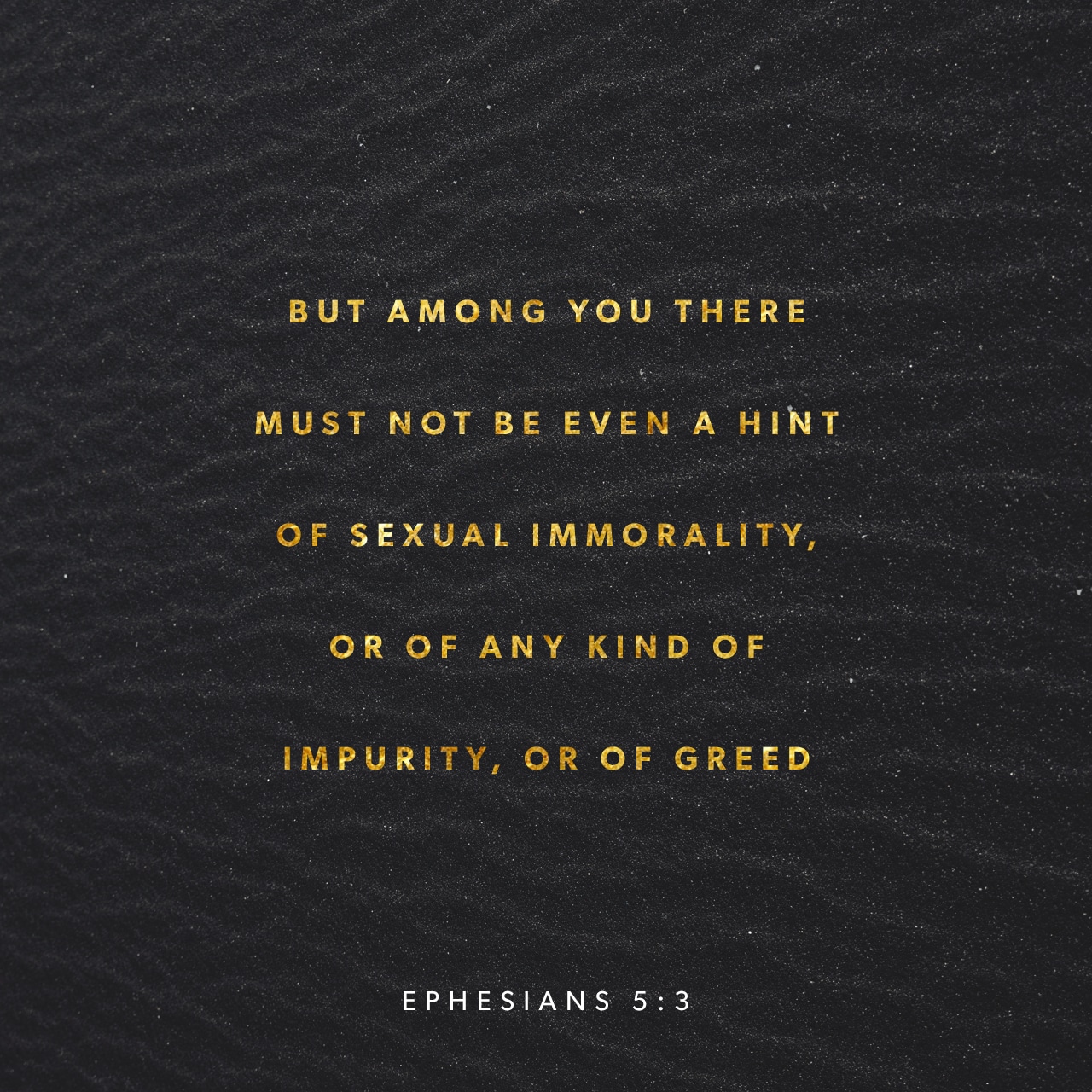Biblically, what is the dividing line between the holy and the common. Additionally, what is the line between the clean and unclean?
The Dividing Line Between Holy and Common, Clean and Unclean (Biblically Defined)
The Bible consistently establishes distinctions between holy and common and clean and unclean, with clear principles governing each.
1. The Line Between the Holy and the Common
Definition of Holy and Common
- Holy (קדש, qodesh) – Set apart for God, sacred, consecrated.
- Common (חול, chol) – Ordinary, profane, not set apart for divine purposes.
Biblical Foundations for Holiness
- "You shall be holy, for I the Lord your God am holy." (Leviticus 19:2)
- "You are a chosen people, a royal priesthood, a holy nation, a people belonging to God." (1 Peter 2:9)
- "You are to distinguish between the holy and the common, and between the unclean and the clean." (Leviticus 10:10)
Examples of Holy vs. Common
| Holy | Common |
|---|---|
| The Sabbath (Exodus 20:8-11) | Other weekdays |
| The Temple & Tabernacle (Exodus 26:33) | Other buildings |
| The Priests (Leviticus 21:6-8) | Ordinary Israelites |
| Sacrifices & Offerings (Leviticus 22:2-3) | Regular meals |
| God's Name (Leviticus 22:32) | Ordinary speech |
| The Ark of the Covenant (2 Samuel 6:6-7) | Other furniture |
The key distinction is dedication to God. Holy things, times, and people are separated for God's purposes, while common things are ordinary and not set apart for divine use.
2. The Line Between Clean and Unclean
Definition of Clean and Unclean
- Clean (טהור, tahor) – Pure, fit for worship and daily life.
- Unclean (טמא, tamei) – Impure, defiled, requiring purification.
Biblical Instructions on Clean and Unclean
- "You shall therefore separate the clean beast from the unclean, and the unclean bird from the clean." (Leviticus 20:25)
- "Anything they touch will become unclean, and whoever picks up their carcass must wash his clothes and be unclean until evening." (Leviticus 11:27-28)
- "Create in me a clean heart, O God." (Psalm 51:10)
Examples of Clean vs. Unclean
| Clean | Unclean |
|---|---|
| Clean animals for food (Leviticus 11:1-23) | Unclean animals (Leviticus 11:1-23) |
| A person who follows God's laws (Psalm 24:3-4) | A person in sin (Isaiah 64:6) |
| Pure water (Numbers 19:17) | Water defiled by a dead body (Numbers 19:11-13) |
| Childbirth (after purification) (Leviticus 12:7) | A woman immediately after childbirth (Leviticus 12:2, 5) |
| Healthy skin (Leviticus 13) | Leprosy (Leviticus 13) |
Clean and unclean laws were not just about hygiene but about ritual purity, symbolizing holiness and separation from sin and death.
3. The Relationship Between These Divisions
- The holy must always be clean (e.g., priests had to be ritually clean before entering the temple).
- The common can be clean or unclean (e.g., an Israelite farmer was common but needed to remain clean for worship).
- The unclean is always common, never holy (e.g., lepers were isolated from the camp).
4. Jesus' Teaching on Holiness and Purity
Jesus reinforced holiness but emphasized that purity comes from the heart, not just external rituals:
- "It is not what goes into a man's mouth that defiles him, but what comes out." (Matthew 15:11)
- "Blessed are the pure in heart, for they shall see God." (Matthew 5:8)
While Jesus fulfilled the ceremonial laws, the principles of holiness, purity, and separation from sin remain central in Christian life.
